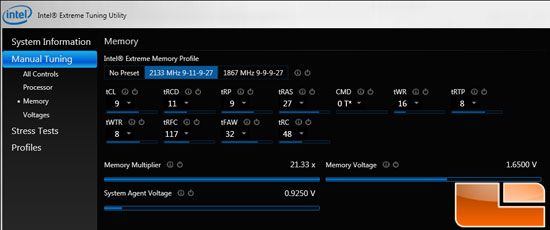


Overclocking by BCLK is therefore not recommended. As a consequence, raising the BCLK on a Sandy Bridge platform will increase the speed of various components and quickly introduce the risk of instability. However, with Sandy Bridge it's a little trickier as Intel's new architecture amalgamates a memory controller and GPU onto the same piece of silicon as the CPU. Previous-generation platforms allowed for the BCLK to be raised quite easily, providing another way to increase overall system speed. Base Clock (BCLK) - this refers to the clock of the Sandy Bridge platform, which as mentioned above is 100MHz.Increasing the multiplier to 40 should, in theory, raise the speed to 4GHz. By default, a Core i7 2600K ships with a 34x multiplier (34 x 100Hz = 3.4GHz). For example, a retail Core i7 2600K operates at a frequency of 3,400MHz (3.4GHz). Frequency / Clock Speed - the frequency or clock speed of a processor refers to its operating speed.If terms such as multiplier, frequency and base clock are leaving you scratching your head, here's a brief explanation of these and a couple of other important acronyms: It's a balancing act, and the overclocker's task is to find an optimum medium of high speeds and low temperatures. Doing so will often allow a chip to run at a higher frequency, but there's a side-effect the chip will generate more heat and the additional voltage could potentially damage components. In simple terms, overclocking a CPU generally involves two crucial steps - increasing voltage and raising the multiplier and/or base clock. Sandy Bridge fundamentals and basic overclocking terminology These include a good CPU cooler, a chassis with adequate air flow and a power supply capable of meeting the heightened demands of the system. With that mind, it's important to ensure you're prepared with many of the overclocking prerequisites. Overclocking your components may void your warranty and reduce the lifespan of your components. At this end of the scale, there's often little need to gain additional speed and doing so can introduce a few problems. What you're left with are two high-end parts that are already lightning-quick and can be pushed further by enthusiasts. With Intel's Sandy Bridge range, that's no longer the case - the cheaper models are all multiplier locked and have very limited overclocking potential. If you can make a processor quicker than its out-of-box state, is there any reason why you shouldn't? Traditionally speaking, overclocking was used as a means to make a cheap processor perform like a premium one. Similar results should be achievable on other platforms with the same processor, but please note that your mileage may vary. Similar results should be achievable on other platforms with the same processor, but please note that your mileage may vary.įor the purpose of this guide, data will be used from independent tests carried out on a Core i7 2600K processor, an ASUS P8P67 Deluxe motherboard and an 8GB dual-channel Corsair Vengeance DDR3 memory kit. From then on, choosing between the Core i7 2600K and Core i5 2500K will be down to individual preference - the chips are separated by Hyper-Threading support, and the quad-core, octo-thread i7 2600K will appeal to users whose programs have a heavily-threaded workload.įor the purpose of this guide, data will be used from independent tests carried out on a Core i7 2600K processor, an ASUS P8P67 Deluxe motherboard and an 8GB dual-channel Corsair Vengeance DDR3 memory kit. Looking at the complete desktop range, the choice for overclockers is made easy via the differentiator in the last column locked or unlocked. If you're the owner of a non-K part, don't worry, there is still a small amount of overclocking wiggle room available, and that topic will be covered a little later in the guide. Identified as "unlocked" processors by the K suffix, both parts warrant a small price premium over the rest of the fixed-multiplier range. Launched in January 2011 and marketed as the second-generation Core processor family, the Sandy Bridge chip introduces a new architecture, new supporting chipsets and a change in overclocking methodology.įirst and foremost, out of the numerous desktop Sandy Bridge processors available at launch, only two - the Core i7 2600K and Core i5 2500K - are ideal for heavy overclocking. The process is applicable to various components, but this guide will focus specifically on what's certain to be a popular core component of many upcoming PCs: Intel Sandy Bridge CPUs. Overclocking, a term which you've probably heard used by enthusiasts and high-end system builders, involves running a hardware component at a greater speed than it was originally designed for.


 0 kommentar(er)
0 kommentar(er)
